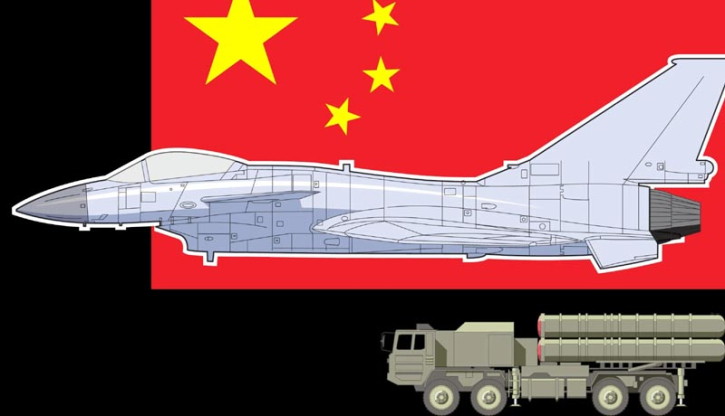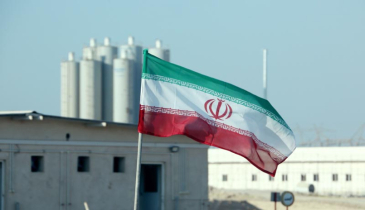China's fighter jets and missiles make Pakistan a winner over India

Recent aerial confrontations over Kashmir have reportedly led to significant losses for the Indian Air Force, including several high-value assets such as the French-built Rafale jets, Russian-designed Su-30 MKIs and MiG-29s, as well as a drone.
These engagements appear to have highlighted the operational prowess of Chinese aerospace and missile technologies, possibly outshining Western and Russian systems in real-world combat scenarios. While pilot skill and strategy were undoubtedly critical, Pakistan’s technological edge may have played a decisive role.
A key factor contributing to Pakistan's aerial success could be its deployment of advanced Chinese weapons systems, particularly the PL-15E beyond-visual-range (BVR) air-to-air missile. Remnants of this missile were reportedly found in India’s Punjab region, indicating its first use in combat.
Justin Bronk of the Royal United Services Institute (RUSI) notes that the PL-15 missile rivals the performance of the American AIM-120 AMRAAM and even exceeds that of the Russian R-77. The PL-15 is believed to feature an active electronically scanned array (AESA) radar and a dual-pulse solid rocket motor, with an estimated range of up to 200 kilometers.
In a separate analysis, Douglas Barrie from the International Institute for Strategic Studies (IISS) emphasized that the PL-15’s solid-fuel propulsion allows it to achieve faster burnout speeds than the European Meteor missile, which is equipped on India's Rafale jets.
Additionally, the Chinese J-10C fighter—also used by Pakistan—boasts sophisticated systems such as AESA radar, infrared search and track (IRST), electronic support measures (ESM), a radar warning receiver (RWR), missile approach warning systems (MAWS), and advanced datalinks. According to Bronk, these features significantly enhance the J-10C’s situational awareness and combat effectiveness, making it a formidable match for contemporary adversaries.
.png)









